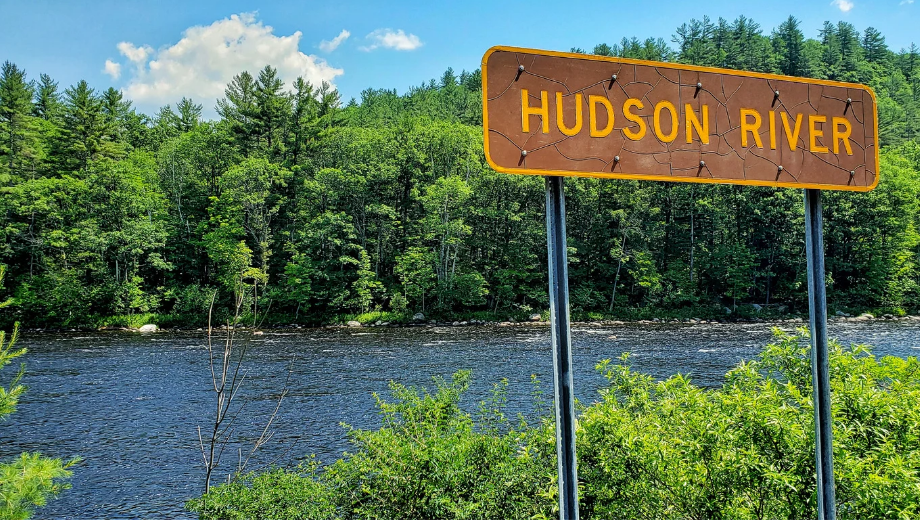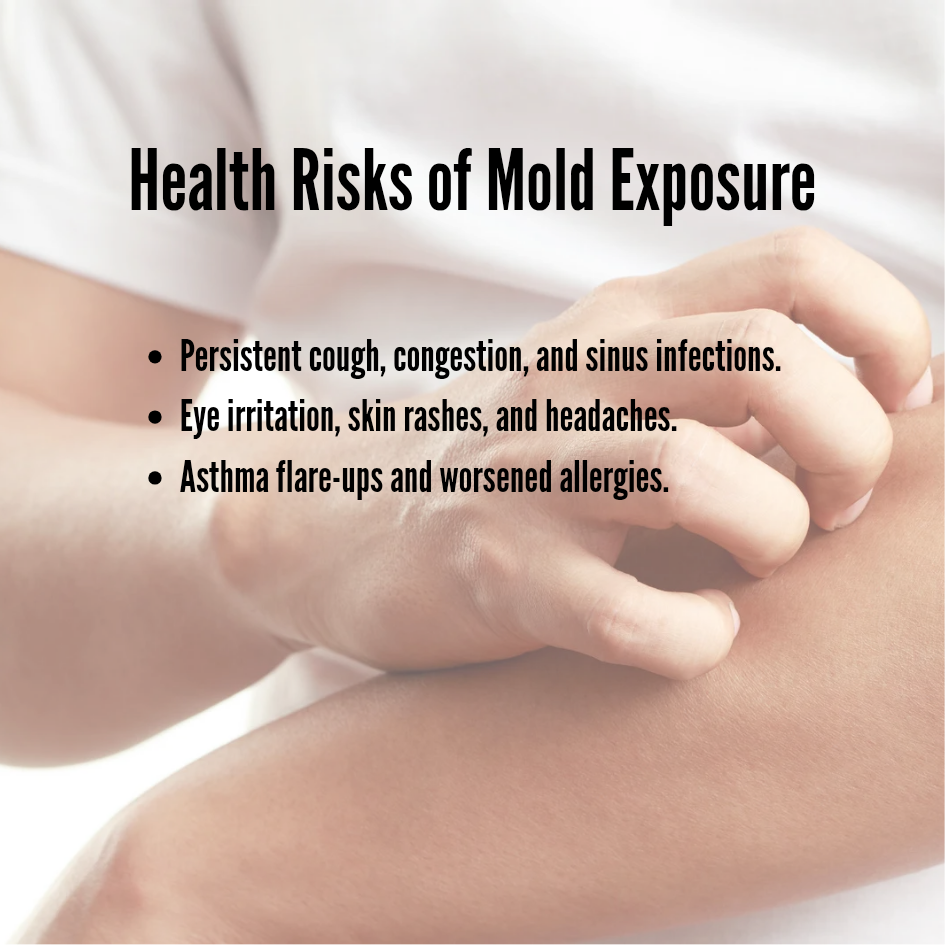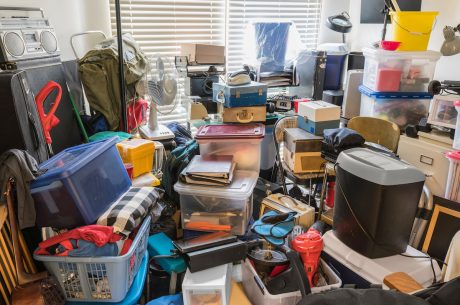Key Takeaways
- Prevent recurrence with a local plan: install or maintain sump pumps, fix foundation cracks, clean gutters and downspouts, improve ventilation in baths and kitchens, and schedule routine inspections for homes with prior water damage. Be sure to keep good records to satisfy NY disclosure laws.
- Valley Cottage’s river-swept humidity, near-constant rainfall and seasonal temperature fluctuations that fuel indoor moisture and mold, especially in basements and crawl spaces. Professional inspection and testing early on can help you catch little issues before they turn into expensive repairs.
- Typical drivers are roof or plumbing leaks, while drainage problems, such as flooding along low-lying lots, HVAC issues and insufficient insulation or ventilation contribute. Keep indoor humidity below 50%, utilize dehumidifiers and repair leaks and grading issues immediately.
- Professional help matters in Rockland County because of stringent NY State mould regulations and local code standards. Opt for licensed, IICRC-certified specialists that utilize proper containment, HEPA filtration and clearance testing.
- A comprehensive service would comprise evaluation, moisture mapping, laboratory analysis, containment, removal and remediation, drying and final clearance. Inquire regarding paperwork for insurers, time frames, and if they restore drywall, insulation and flooring.
- Protect health and skip the DIY disturbance that spreads spores – in particular when you suspect black mold. HEPA air purifiers, season HVAC checkups, and post-remediation air testing ensure safe skies.

Why Mold is a Persistent Issue in Valley Cottage
Valley Cottage sits close to the Hudson River, where humidity levels remain high for most of the year. Add in heavy seasonal rainfall and fluctuating winter freeze–thaw cycles, and homeowners are constantly battling moisture infiltration.
Basements and crawl spaces are particularly vulnerable. Many Valley Cottage homes were built decades ago, with foundations and ventilation systems that are not designed to handle today’s rainfall patterns. Water seeps through cracks, collects in low-lying lots, and lingers long after storms — creating the perfect conditions for mold growth.
For these reasons, mold remediation is one of the most common restoration services in Valley Cottage.
Common Causes of Mold in Valley Cottage Homes
Homeowners in Valley Cottage face several recurring mold triggers:
- Roof Leaks – Ice dams and worn flashing allow water to infiltrate attics and insulation.
- Plumbing Failures – Burst pipes, appliance line leaks, and water heater failures create hidden moisture.
- Drainage Issues – Flooding in low-lying lots and poor grading push water toward basements.
- HVAC Condensation – Poorly insulated ductwork traps condensation that leads to mold.
- Ventilation Gaps – Bathrooms and kitchens venting indoors instead of outside.
- Insulation Weakness – Insufficient insulation allows condensation to form along cold surfaces.
In short: if water enters and isn’t dried immediately, mold follows.

Health Risks of Mold Exposure

Mold isn’t just an eyesore. It directly affects indoor air quality and health. Residents in Valley Cottage often report:
- Persistent cough, congestion, and sinus infections.
- Eye irritation, skin rashes, and headaches.
- Asthma flare-ups and worsened allergies.
Black mold (Stachybotrys) poses particular risks to children, elderly residents, and those with compromised immune systems. Attempting DIY cleanup can release spores into the air, worsening health risks and spreading the infestation deeper into the home.
The Mold Remediation Process in Valley Cottage
Professional remediation in Valley Cottage follows New York Article 32 compliance standards:
- Inspection & Evaluation – A licensed mold assessor inspects the property, documents affected areas, and may order laboratory testing.
- Moisture Mapping & Testing – Hygrometers and thermal imaging locate hidden moisture behind walls and under floors.
- Containment – Barriers and negative air pressure keep spores from spreading into unaffected spaces.
- Removal & Cleaning – Mold-contaminated drywall, insulation, and flooring are carefully removed and bagged.
- HEPA Filtration & Vacuuming – Surfaces and air are cleaned with HEPA-grade vacuums and filtration.
- Structural Drying – Commercial-grade air movers and dehumidifiers restore safe moisture levels.
- Clearance Testing – Independent testing confirms that the property is safe for reoccupation.
- Rebuild & Restoration – Drywall, insulation, and flooring are replaced, restoring your home to pre-loss condition.
📞 Call Mitch at PuroClean of Nanuet today at (845) 570-5060 for a same-day mold inspection in Valley Cottage.
Mold Remediation Costs in Valley Cottage
Costs vary based on the size of the infestation, location, and whether rebuilding is required:
- Inspection & Testing: $250–$600 + $150–$300 per sample
- Small Jobs (<10 sq ft): $500–$1,500
- Moderate Jobs (bathrooms, basements): $2,000–$7,500
- Large or Whole-Home Projects: $10,000–$30,000
- HVAC Mold: $3,000–$5,000+
Most insurance policies cover mold caused by sudden, accidental events like burst pipes but exclude gradual leaks or poor maintenance. Thorough documentation is key to claim approval.
Why Professional Help Matters in Valley Cottage
Mold isn’t just an eyesore—it’s a health risk and a legal liability. While DIY cleanup might seem tempting, it often spreads spores further and creates bigger problems down the road. Here’s why calling in professionals makes all the difference:
Compliance with New York Law (Article 32)
In New York, any mold remediation project over 10 square feet must legally be handled by a licensed contractor. Attempting a larger cleanup without certification isn’t just risky—it could leave you liable for fines, failed home inspections, or denied insurance claims.
Protecting Your Health & Home Safety
Professional teams don’t just wipe surfaces. They use containment barriers, HEPA vacuums, and negative air machines to prevent spores from traveling into clean rooms. This level of protection is critical for families with asthma, allergies, or compromised immune systems.
Insurance & Documentation Support
Insurance carriers rarely accept DIY documentation. PuroClean provides detailed moisture readings, photos, and scope-of-work reports that meet insurance standards. This ensures your claim moves forward—and you’re not stuck paying out of pocket for preventable mistakes.
Full-Service Restoration
Mold removal is only part of the solution. Professionals like PuroClean of Nanuet go beyond cleaning:
- Replacing contaminated drywall, insulation, and flooring
- Applying antimicrobial treatments to stop regrowth
- Restoring your home to pre-loss condition so it’s safe, healthy, and market-ready again
Peace of Mind Around the Clock
When mold strikes, every hour counts. That’s why PuroClean’s IICRC-certified team is available 24/7, backed by proven processes and years of local experience in Valley Cottage homes and businesses.
📞 Call Mitch and his IICRC-certified team today at (845) 570-5060. Fast action prevents small issues from becoming expensive, long-term problems.
Related Services: Stop Mold Before It Starts
Mold often grows after water damage events—whether from a burst pipe, flooding, or even the water used to put out a fire. Acting fast is the key to prevention:
- Fire Damage Restoration – Learn how fire cleanup and water extraction after firefighter efforts are essential for preventing mold growth.
- Water Damage Remediation – Quick, professional drying and cleanup reduce the chance of hidden moisture turning into a mold problem.
We’re available 24/7 to respond to urgent water or fire damage. We also work directly with insurance companies to help streamline your claim.
Insurance & Documentation
PuroClean of Nanuet provides all the paperwork Valley Cottage homeowners need:
- Moisture readings & maps
- Daily drying logs
- Before/after photos
- Clearance test results
This documentation supports insurance claims and fulfills New York property disclosure laws.
Learn more about how we support insurance claims on our Fire Damage Restoration page.
Prevention Tips for Valley Cottage Homes
Preventing mold requires ongoing attention to moisture control, ventilation, and documentation. Here’s how to keep your Valley Cottage property safe year-round:
Foundation & Drainage Fixes
Water naturally flows toward low-lying properties in Valley Cottage, especially after Hudson Valley rainstorms. Protect your foundation by:
- Extending downspouts 6–10 feet away from the home.
- Re-grading soil so it slopes away, not toward, the structure.
- Installing or maintaining sump pumps with battery backups to prevent basement flooding during power outages.
- Inspecting foundation cracks and sealing them before they allow seepage.
💡 Why it matters: Even minor seepage can create hidden dampness behind walls and under flooring, setting the stage for mold.
Humidity & Air Quality
Keeping indoor humidity between 30–50% is crucial. Achieve this by:
- Running portable or whole-home dehumidifiers, especially in basements and crawl spaces.
- Scheduling annual HVAC servicing to ensure coils, filters, and ducts aren’t harboring mold spores.
- Using HEPA air purifiers in problem areas like finished basements, laundry rooms, or near sump pits.
💡 Pro tip: Invest in a hygrometer—an inexpensive tool to measure humidity—so you know when levels creep into the danger zone.
Ventilation in Bathrooms & Kitchens
Steam and cooking vapors are top culprits for household mold. Reduce risk by:
- Ensuring fans vent outdoors—not into attics or crawl spaces.
- Replacing outdated fans with high-CFM (cubic feet per minute) models that can fully clear the air in under 10 minutes.
- Running exhaust fans for at least 20 minutes after showers or cooking to flush out residual moisture.
💡 Check this: If your mirror fogs after a shower and stays that way, your fan may not be powerful enough.
Seasonal Inspections After Storms
Hudson Valley weather can shift fast. After heavy rain, snowmelt, or nor’easters:
- Check attics, basements, and crawl spaces for dampness or water stains.
- Look at rooflines, flashing, and gutters for storm damage that may let water in.
- Dry out small wet spots immediately with fans or a wet/dry vacuum to prevent spores from colonizing.
💡 Why it matters: Mold can begin to grow within 24–48 hours of water intrusion if moisture isn’t addressed.
Record-Keeping for Disclosure Laws
New York requires sellers to disclose known water damage and mold history when selling a home. Protect your property value by:
- Keeping inspection reports, insurance paperwork, and clearance test results organized in one file.
- Taking date-stamped photos of repairs or remediation.
- Saving invoices from licensed contractors to show that work was done professionally.
💡 Resale advantage: Having proof of prevention and remediation not only satisfies disclosure laws but also builds buyer trust, helping your home sell faster.
Service Connections
- Water Damage Restoration: Many mold issues begin with water intrusion. Visit our Water Damage Restoration page to see how we stop the source before remediation.
- Fire Damage Restoration: Fire damage often includes hidden water damage from firefighting efforts. Our Fire Damage Restoration services explain how we prevent mold after fire events.
- Biohazard Cleanup: Moisture issues sometimes intersect with unsafe contamination. See our Biohazard Cleanup page for full restoration solutions.
Frequently Asked Questions
Can I clean mold myself in Valley Cottage?
Small areas on tile or other non-porous surfaces may be cleaned with detergent. But New York law requires licensed professionals for jobs over 10 sq ft. DIY cleanup without containment risks spreading spores through the HVAC system.
How much does mold remediation cost in Valley Cottage?
Costs typically fall between $1,500–$7,500. Larger basements or whole-home infestations may reach $30,000. The exact price depends on the square footage, type of materials affected, and whether rebuilding is required.
Does insurance cover mold removal?
Most policies cover mold from sudden, accidental events like burst pipes. They typically exclude mold caused by long-term leaks, condensation, or poor maintenance. PuroClean provides the documentation needed to maximize claim approval.
Why is professional testing important?
Testing helps confirm the type of mold, scope of contamination, and ensures the property is safe post-remediation. Valley Cottage homeowners benefit from third-party clearance testing, which also protects resale value under disclosure laws.
Why is bleach not effective against mold?
Bleach only discolors mold — it doesn’t kill spores at the root. Professionals use EPA-registered disinfectants, HEPA vacuums, and structural drying to eliminate mold and prevent regrowth.
How long does mold remediation take?
Small jobs may take 1–2 days, while large basement or attic jobs requiring rebuild can take 1–2 weeks. Timelines depend on drying requirements and the amount of demolition involved.
Why choose PuroClean of Nanuet for Valley Cottage mold remediation?
Because Mitch and his IICRC-certified team provide full-service remediation — from inspection and removal to rebuild and prevention. We follow Article 32 rules, provide insurer-ready documentation, and respond 24/7 to Valley Cottage emergencies.
Conclusion
Mold in Valley Cottage homes is common but preventable. With the area’s humidity, rainfall, and older housing stock, homeowners must act quickly at the first sign of trouble.
PuroClean of Nanuet provides licensed, certified, and full-service remediation — including inspection, removal, rebuild, prevention, and insurer documentation.
📞 Call Mitch today at (845) 570-5060 for a same-day mold inspection in Valley Cottage.


